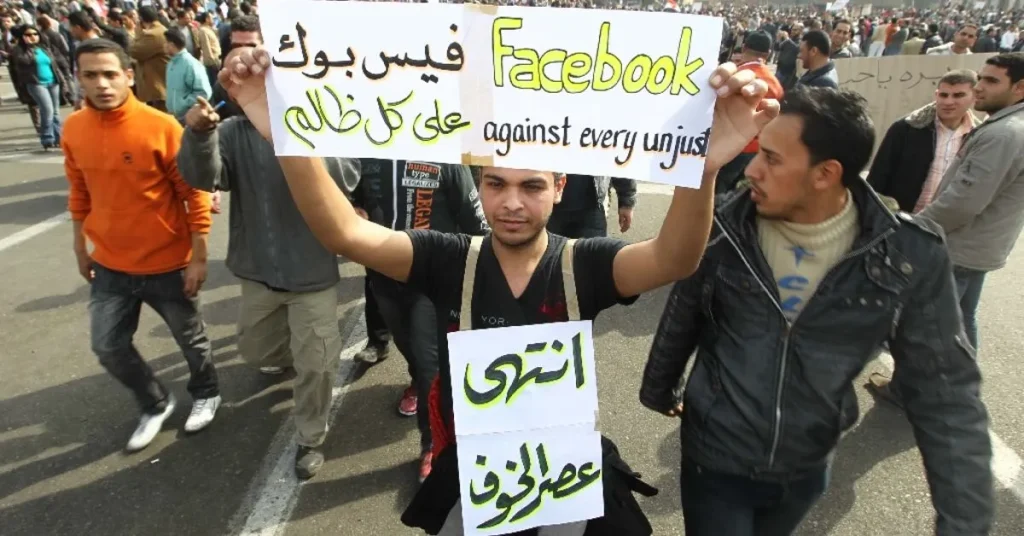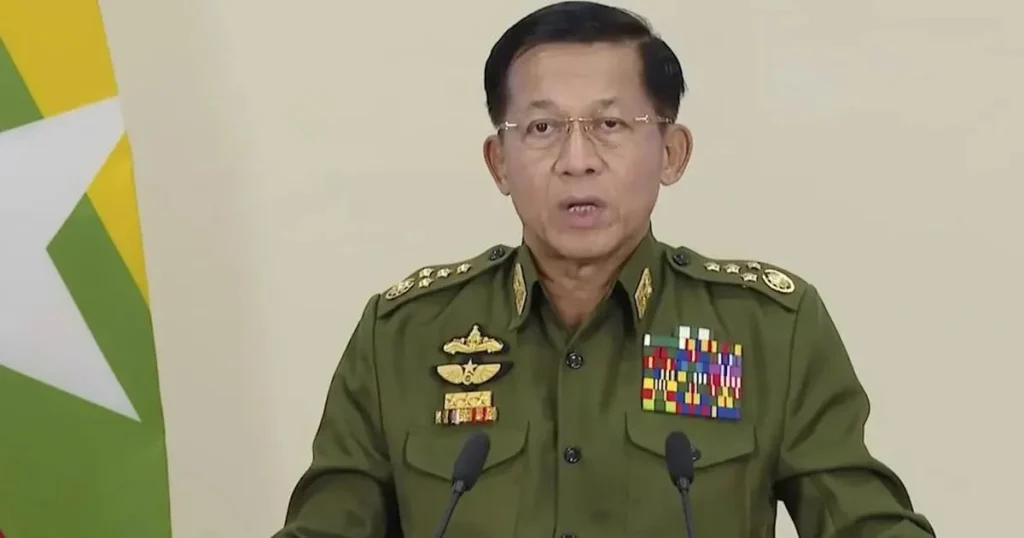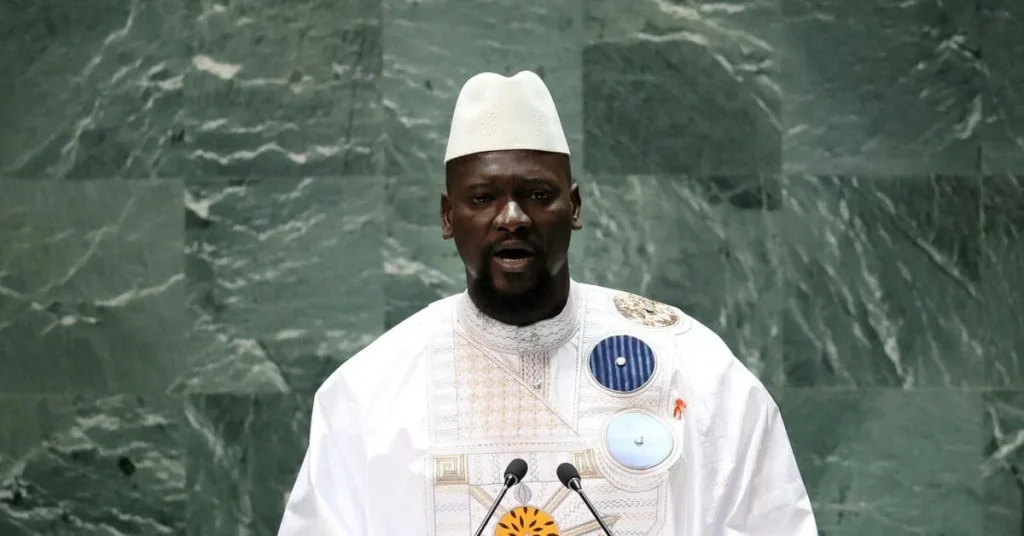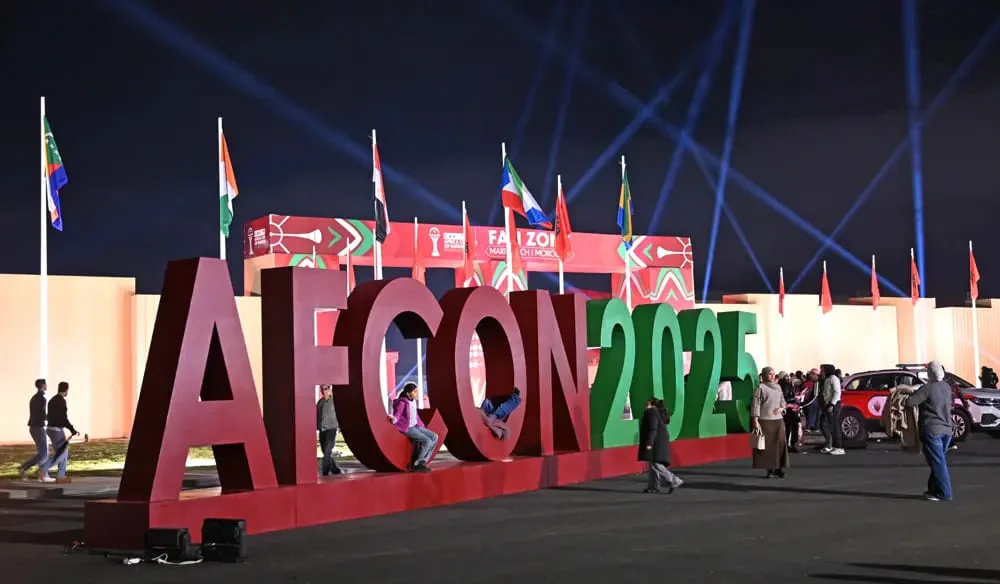Social media’s role in conflicts has transformed from a marginal tool during the 2011 Arab Spring to a central platform in the 2022 Russia-Ukraine war and Myanmar’s unrest. “The Ukraine war marks the expansion of social media in conflicts… to a genuinely ubiquitous presence,” per AFP. In Ukraine, Yarema Dukh, who launched the country’s official Twitter in 2016, noted, “We never had the means like the Russians to found multinational media,” relying on platforms like Twitter and TikTok to share defiance, document atrocities, and crowdfund via Telegram, per. In contrast, Russia curtailed online free speech, targeting Western tech firms, per.
Arab Spring: Amplification Over Organization
During the 2011 Arab Spring, platforms like Facebook and Twitter amplified protests in Egypt and beyond, earning the moniker “Facebook revolution.” Egyptian activist Hossam El-Hamalawy emphasized, “Social media’s real power was not as an organising tool but as a way of amplifying the message,” with mainstream media picking up posts, per AFP. However, factional infighting online mirrored street clashes, and activist Wael Ghonim later admitted to PBS in 2018, “I was extremely naive,” as disinformation targeted him, per. By 2021, NGOs accused platforms of shutting dissident accounts, aiding repression, per AFP.
Myanmar: From Liberation to Repression
In Myanmar, Facebook became “the internet” by 2012, with widespread sharing fueling unrest, per Thin Lei Win. However, it also spread anti-Rohingya propaganda, contributing to violence by 2018, when a UN rapporteur called it a “beast” for inciting hatred, per. After the 2021 coup, the junta leveraged social media to monitor dissent, arresting users for anti-regime posts, per. The “three-finger salute” went viral, but “if you had posted anything… critical of the junta… you could be arrested,” Win told AFP. Platforms banned junta accounts, yet generals shifted to TikTok and Telegram, playing “whack-a-mole” with disinformation, per.
Ukraine’s Social Media Strategy
Ukraine’s government and citizens used social media effectively post-2022 invasion. President Volodymyr Zelenskyy’s videos rallied global support, while TikTok chronicled life under siege, per. A 2014 Facebook post sparking the Maidan protests made it Ukraine’s top platform, with 63% penetration by 2022, per Statista. Russia countered with deepfakes and troll farms, with 20.28% of pro-Russian Twitter accounts identified as bots, reaching 14.4 million users, per. Dukh noted Ukraine’s experience with Russian disinformation since 2014 prepared it to counter propaganda, stating, “We are good learners,” per AFP.
Challenges and Lessons
Social media’s dual role—empowering dissent while enabling disinformation—remains contentious. In Egypt, 54% of youth used social media for news by 2022, but polarization distorted narratives, per. In Myanmar, Facebook’s failure to moderate hate speech fueled genocide, per. Ukraine’s success lies in its proactive use, with 70% of adults on social media by 2022, per DataReportal. “It’s like whack-a-mole,” Win said of disinformation, a challenge Ukraine faces on TikTok and Telegram, per. Dukh’s hope to “be good teachers” post-victory underscores the need for global strategies to combat misinformation while preserving platforms’ emancipatory potential.






